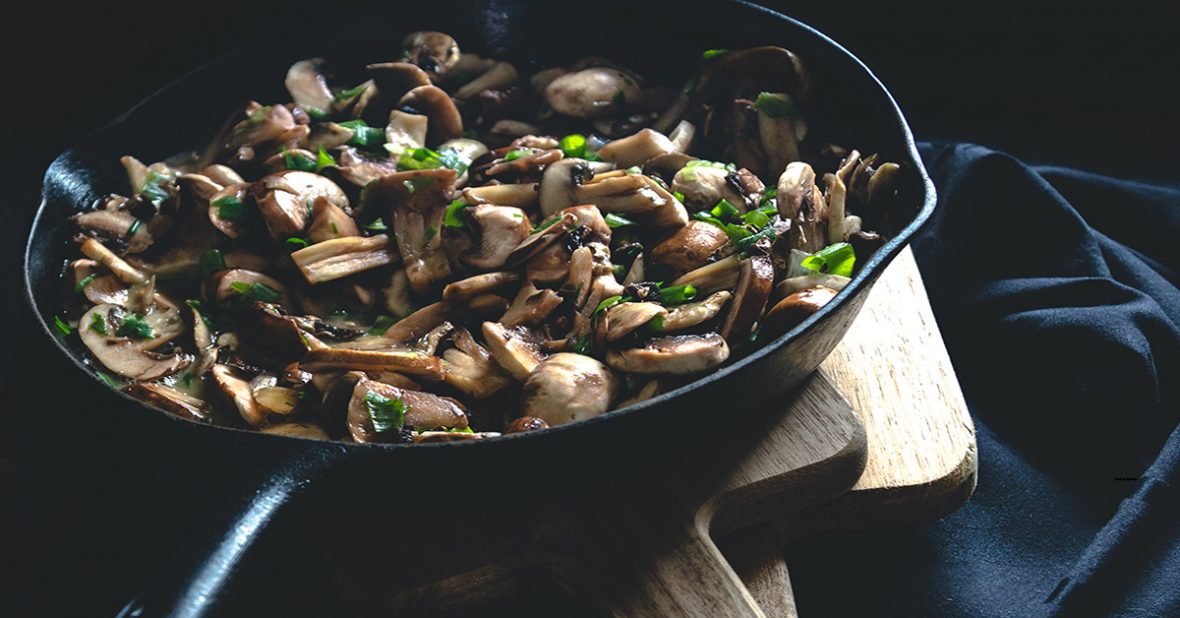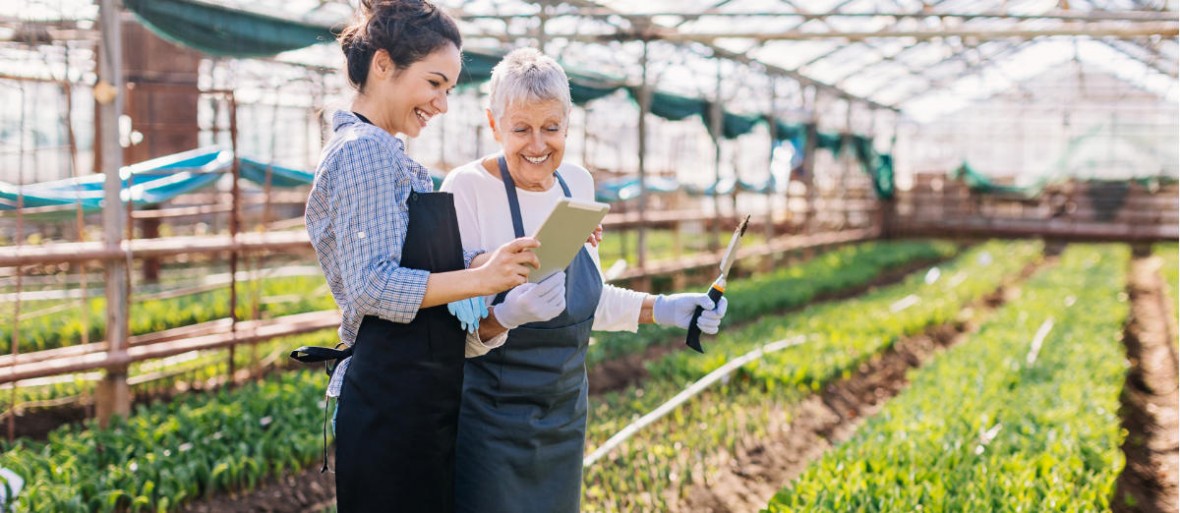Mushrooms bruise easily and spoil quickly. One way to minimize this is by using the correct packaging. Researchers prove IFCO reusable packaging containers (RPCs) keep mushrooms fresher longer and extend their shelf life.

Whether as small white buttons or mini-beige umbrellas, mushrooms are a delicacy. People enjoy their versatility, whether they are served raw or cooked in any number of ways – in soups, steamed, roasted, breaded, grilled or fried in butter. They also offer a popular substitute for meat, thanks to their fleshy texture and subtle, savory "umami" flavor. Over the past decade, consumption has risen steadily in the United States, for example, where the mushroom crops totaled 917 million pounds in 2018, reaching a record high value in sales of 1.23 billion US dollars.
Yet mushrooms are delicate: They bruise easily and spoil quickly, which makes them notoriously difficult to transport, store and keep fresh. Mushrooms must be kept chilled throughout the supply chain to preserve their freshness and moisture. Protecting them from pressure is also critical. One way to reduce damage and waste to fresh food is to package it in IFCO reusable packaging containers (RPCs). Their sturdy construction enables secure stacking.
“During transport in single use packaging, mushrooms can be crushed by products on top of them in the pallet stack. IFCO RPCs take the weight of the stack, which protects the product.”
Along with protection, proper ventilation is key to keeping mushrooms fresh longer during transport and storage. As a part of our ongoing research and development, IFCO commissioned the study from Dr. Lippert Quality Management (formerly HortKinetix) in Sinzig, Germany, a spin-off of the agricultural department of the University Bonn. The tests proved that IFCO RPCs increase the shelf life of mushrooms by two days compared to single use packaging. Mushrooms packaged in IFCO RPCs stay fresh longer and a larger percentage remains marketable.
During the 12-day tests, the proper packaging helped maintain the overall condition of white mushrooms. In step one, growers harvested the mushrooms directly into RPCs and single use packaging. In step two, containers were stored in cooling facilities for two days to replicate store life. In step three, mushrooms were stored at chilled and ambient temperatures to simulate home life.
The tests showed that various types of packaging offer different levels of ventilation and temperature regulation. "The main difference to single use packaging is that ventilation in IFCO RPCs provides superior air circulation," says crop scientist Philipp Loer, who conducted the trials. Loer has extensive expertise in auditing and inspecting fresh produce at all stages of the supply chain.
At Dr. Lippert Quality Management, Loer regularly inspects commodities for the country’s wholesalers. For IFCO, he compared mushrooms in single-use packaging to those in IFCO RPCs, and noticed the following differences in important freshness characteristics:
Color: White mushrooms in IFCO RPCs discolored slower and showed a consistently better overall impression.
Smell: Mushrooms tend to develop a specific ("fishy") smell during their post-harvest development. At room temperature, a larger percentage of mushrooms in single-use packaging developed a stronger smell faster than those in IFCO RPCs.
Lamella: When mushrooms lose moisture, the lamella or veils open. Stored at room temperature, significantly fewer mushrooms in IFCO RPCs had opened lamellae after day four.
Overall, the quality of mushrooms in single-use packaging began declining from day two of the study. By day four, just 60% mushrooms in single-use packaging were marketable – compared to 100% of the mushrooms in IFCO RPCs.
Maintaining the correct moisture and temperature levels are key to keeping mushrooms fresh. "Cultivated mushrooms are harvested fully ripe according to size – by hand when destined to be sold fresh – so the clock is ticking the minute they leave their growing beds," explains IFCO’s mushroom category manager Miller. When not transported and stored at their optimal temperature of around 0°C – 6°C, freshness begins fading within a day. And it is important that mushrooms "breathe" after harvest, to prolong their shelf life. Regulating moisture is also critical. If mushrooms lose too much moisture, their veils open and the overall texture changes. On the other hand, water condensation inside packaging leads to brown spots and mold.

By protecting mushrooms from harvest to home, IFCO RPCs reduce damage and spoilage. Optimal ventilation keeps the vegetable marketable longer than with single-use packaging, which results in increased sales. "Growers want to protect their products, and retailers want fresh produce to appeal to people at store level," adds Dan Martin, President, IFCO North America.
"So, when mushrooms are healthier-looking and remain fresher, consumer confidence in the product quality increases and customer loyalty grows. That’s why extending shelf life benefits everybody."
Stay up to date
Want the latest fresh food packaging industry knowledge delivered straight to your inbox? Subscribe to our newsletter and get the latest news, trends, articles and more!
